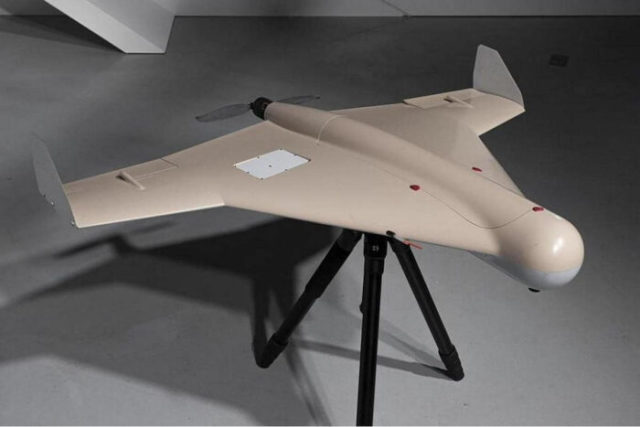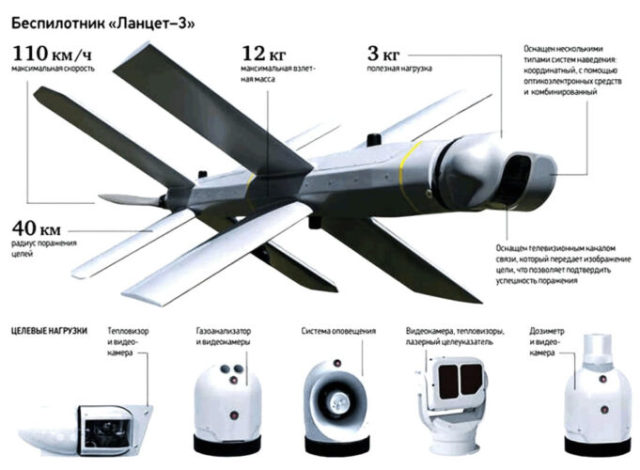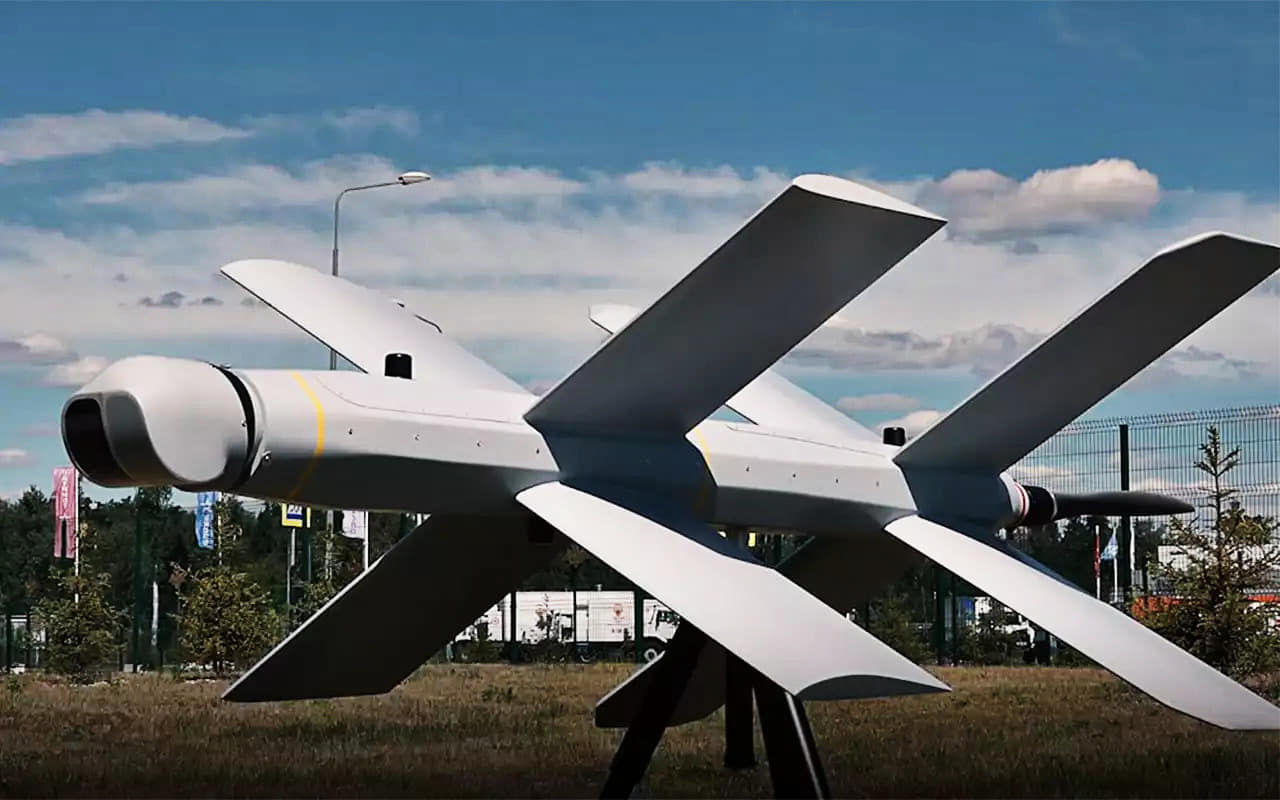The analysis of the special military operation of the Armed Forces of the Russian Federation on the denazification and demilitarization of Ukraine, conducted by researchers from the Academy of Military Sciences of the People's Republic of China, shows that the widespread use of kamikaze drones is characteristic of the modern armed conflict of variable intensity, which is due to both their tactical and technical characteristics and the cost of production. In fact, kamikaze drones have become an integral part of various combat activities aimed at combating a wide range of targets from enemy manpower in the simplest trenches/trenches to carefully camouflaged armored vehicles and artillery. One of the leading places in terms of the intensity of use by the Armed Forces of the Russian Federation is occupied by the Lancet-3 UAV
According to the data obtained, units of the Airborne Forces and the MTR of the Armed Forces of the Russian Federation use the Lancet-3 UAV (manufactured by the ZALA AERO GROUP, a division of the Kalashnikov concern) as part of the ongoing military training since May 21, 2022, since the firepower of the Kub-UAV UAV (a product of the same manufacturer) to combat units The enemy is not enough.

Kub-UAV Barrage ammunition
Chinese experts know that the Russian Armed Forces began pilot combat operation of the Lancet-3 in the Syrian Arab Republic back in 2019. Where both stationary and mobile targets were successfully hit.
With regard to the Lancet-3 UAV, representatives of specialized enterprises of the Defense Industry of the People's Republic of China note that Russian designers have managed to create a sufficiently effective means of combating enemy manpower and armored vehicles. With regard to the production of the UAV in question, Chinese analysts note the high quality of the airframe composite materials and the X-shaped tail scheme. The latter provides high maneuverability and controllability of the device (this aspect is extremely important, since when diving at a target, the speed of the drone can reach 300 km / h).
Russian designers have the opportunity in the future to seriously increase the combat capabilities of the Lancet-3, namely by installing a larger battery. Thanks to the ejection launch, the Russian military has the opportunity to quickly launch several UAVs.
According to Chinese sources, the UAV in question largely consists of imported civilian components – a communication, control and navigation system, a battery and an electric motor (AXi3550 made in the Czech Republic).

Lancet-3 UAV
Most Chinese analysts note that the relevant government bodies of the Russian Federation (the Ministry of Industry and Trade) have failed the task of import substitution. At the same time, even with the introduction of a significant number of sanctions by the West, some European suppliers of components used in the products of the ZALA AERO GROUP company continue to supply in the interests of the Russian manufacturer, since fulfilling the sanctions requirements in favor of the United States will lead to bankruptcy and closure of European enterprises.
According to Chinese experts, the use of civilian components in the design of the Lancet-3 UAV caused its low cost – 2,200 US dollars, which is almost 3 times lower than that of the American Switchblade-600 barrage munition. In addition, the firepower of the warhead of a Russian-made UAV is also significantly higher than that of a US military-industrial complex product.
It is reliably known that this UAV can be equipped with either a high-explosive fragmentation or thermobaric warhead, the effectiveness of which is ensured by the use of a remote fuse. Due to the weight of 5 kg, the firepower of the high-explosive fragmentation warhead is enough to fight the main battle tanks – with a vertical dive on the target. The greatest efficiency is achieved in the case of fighting enemy manpower located in trenches.
Chinese experts pay attention to the high quality of the optoelectronic guidance system, which allows the operator of the Lancet-3 UAV to confidently detect even camouflaged armored vehicles. Thanks to the infrared channel, the UAV operator has the opportunity to use the Lancet-3 at night. Taking into account the low noise of the electric motor, the device in question, in addition to physical damage to the enemy, negatively affects the moral and psychological state of the Armed Forces of Ukraine.
In addition to the above, we note that earlier the leadership of the Ministry of Defense of the Russian Federation did not attach importance to the UAVs in question. The Russian air defense in Ukraine has shown that practically every platoon of the Airborne Forces or a group of the MTR of the Armed Forces of the Russian Federation needs support in the form of a Lancet-3, which is able to covertly approach the enemy, detect him and partially disable equipment. In turn, ground forces use such an air strike to panic the enemy's ranks in the interests of more effective combat missions.
Currently, the ZALA AERO GROUP company only needs to increase the production of Lancet-3 UAVs, although Cube-UAVs are also quite effective on the Ukrainian front.
Based on the materials of Chinese specialized military-technical publications

